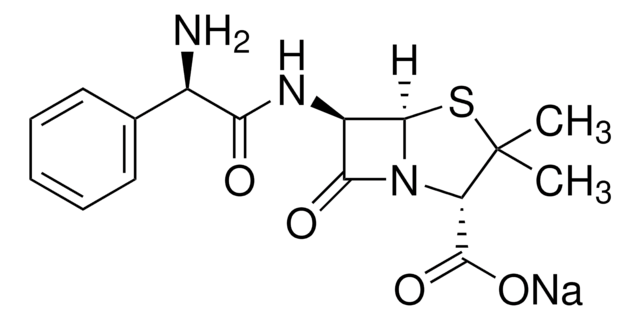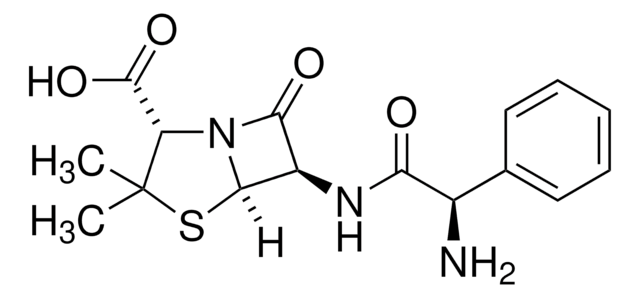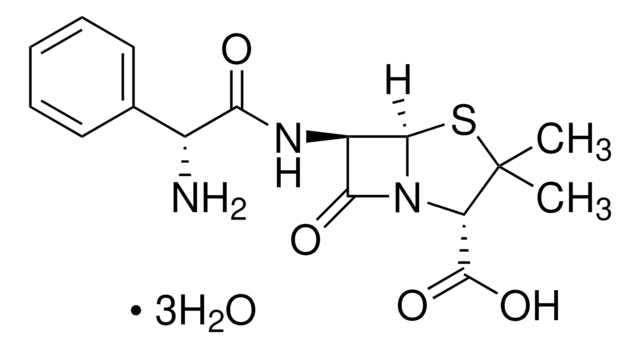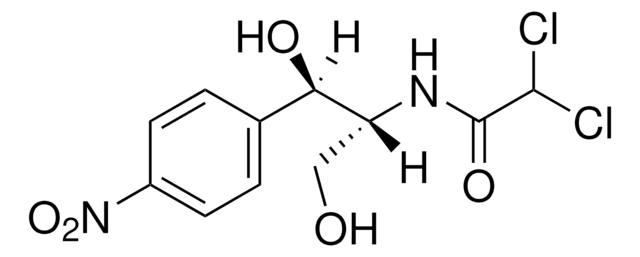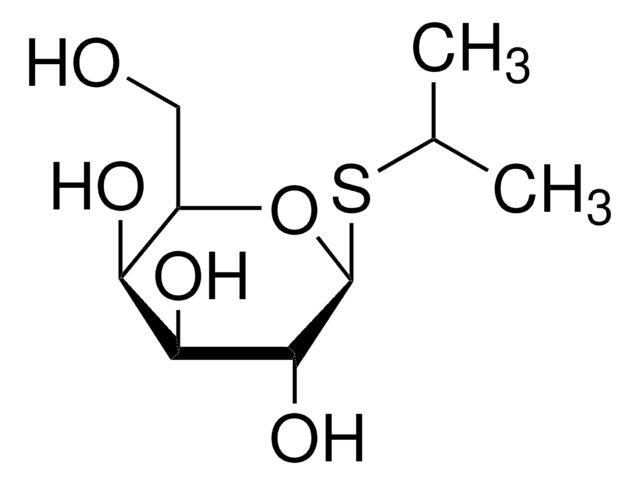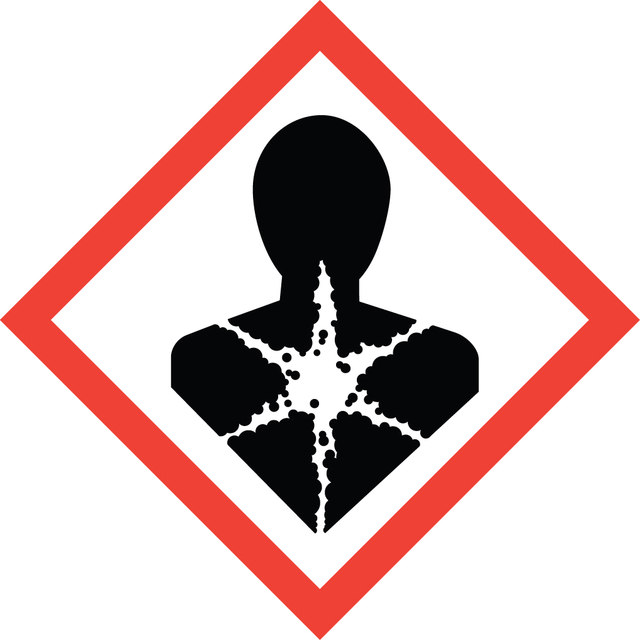Key Documents
Safety Information
A9393
Ampicillin
anhydrous, 96.0-102.0% (anhydrous basis)
Synonym(s):
(-)-6-(2-Amino-2-phenylacetamido)-3,3-dimethyl-7-oxo-4-thia-1-azabicyclo[3.2.0]heptane-2-carboxylic acid, Ampicillin acid, Ampicillin anhydrous, D-(−)-α-Aminobenzylpenicillin
About This Item
Recommended Products
Quality Level
Assay
96.0-102.0% (anhydrous basis)
form
solid
pKa (25 °C)
2.5 (COOH)
7.3 (NH2)
mp
208 °C (dec.) (lit.)
antibiotic activity spectrum
Gram-negative bacteria
Gram-positive bacteria
Mode of action
cell wall synthesis | interferes
storage temp.
2-8°C
SMILES string
[H][C@]12SC(C)(C)[C@@H](N1C(=O)[C@H]2NC(=O)[C@H](N)c3ccccc3)C(O)=O
InChI
1S/C16H19N3O4S/c1-16(2)11(15(22)23)19-13(21)10(14(19)24-16)18-12(20)9(17)8-6-4-3-5-7-8/h3-7,9-11,14H,17H2,1-2H3,(H,18,20)(H,22,23)/t9-,10-,11+,14-/m1/s1
Looking for similar products? Visit Product Comparison Guide
Related Categories
1 of 4
This Item | A1593 | PHR2838 | A5354 |
|---|---|---|---|
| antibiotic activity spectrum Gram-negative bacteria, Gram-positive bacteria | antibiotic activity spectrum Gram-negative bacteria, Gram-positive bacteria | antibiotic activity spectrum - | antibiotic activity spectrum Gram-negative bacteria, Gram-positive bacteria |
| Quality Level 200 | Quality Level 200 | Quality Level 300 | Quality Level 200 |
| form solid | form solid | form solid | form liquid |
| assay 96.0-102.0% (anhydrous basis) | assay - | assay - | assay - |
| storage temp. 2-8°C | storage temp. 2-8°C | storage temp. 2-8°C | storage temp. −20°C |
General description
Application
Biochem/physiol Actions
Mode of Resistance: Administration with ß-lactamase cleaves the ß-lactam ring of Ampicillin and inactivates it.
Antimicrobial Spectrum: Effective against both Gram-positive (similar to benzylpenicillin) and Gram-negative bacteria (similar to tetracyclines and chloramphenicol.
Caution
Preparation Note
Other Notes
Signal Word
Danger
Hazard Statements
Precautionary Statements
Hazard Classifications
Resp. Sens. 1 - Skin Sens. 1
Storage Class Code
11 - Combustible Solids
WGK
WGK 2
Flash Point(F)
Not applicable
Flash Point(C)
Not applicable
Personal Protective Equipment
Regulatory Information
Choose from one of the most recent versions:
Certificates of Analysis (COA)
Don't see the Right Version?
If you require a particular version, you can look up a specific certificate by the Lot or Batch number.
Already Own This Product?
Find documentation for the products that you have recently purchased in the Document Library.
Which document(s) contains shelf-life or expiration date information for a given product?
If available for a given product, the recommended re-test date or the expiration date can be found on the Certificate of Analysis.
Is Ampicillin product stable in solution?
We recommend using freshly prepared solutions. A concentrated solution of sodium ampicillin in water (approximately 330 mg/mL) may be expected to lose about 10% potency in 20 hours at -20°C.
How do I use Ampicllin in agar plates?
For plates, add ampicillin to autoclaved media cooled to 48°C, to a final concentration of 35-50 μg/mL. Pour the plates, and allow them to cool completely. Plates may be stored at 2-8°C for up to only 1-2 weeks before use.
How do I get lot-specific information or a Certificate of Analysis?
The lot specific COA document can be found by entering the lot number above under the "Documents" section.
What is the solubility of Product A9393, Ampicillin?
The solubility of ampicillin is tested at 50 mg/mL in 1M ammonium hydroxide. Additional solubility information can be found on the product information sheet (under Documents, above).
Which Ampicillin product has higher water solubility, Product A9393 or Product A9518?
Product No. A9518 (Ampicillin, sodium salt) is soluble at 50 mg/mL in water.
How do I find price and availability?
There are several ways to find pricing and availability for our products. Once you log onto our website, you will find the price and availability displayed on the product detail page. You can contact any of our Customer Sales and Service offices to receive a quote. USA customers: 1-800-325-3010 or view local office numbers.
What is the Department of Transportation shipping information for this product?
Transportation information can be found in Section 14 of the product's (M)SDS.To access the shipping information for this material, use the link on the product detail page for the product.
My question is not addressed here, how can I contact Technical Service for assistance?
Ask a Scientist here.
Our team of scientists has experience in all areas of research including Life Science, Material Science, Chemical Synthesis, Chromatography, Analytical and many others.
Contact Technical Service